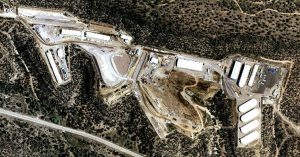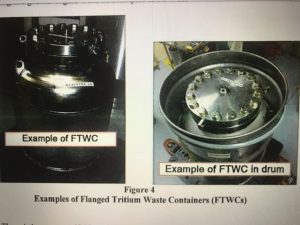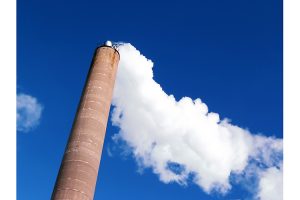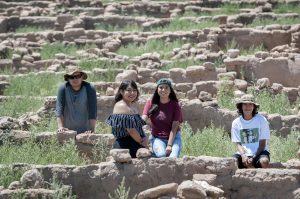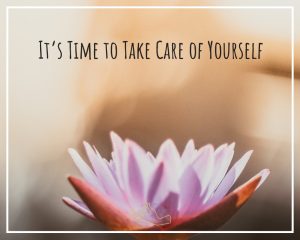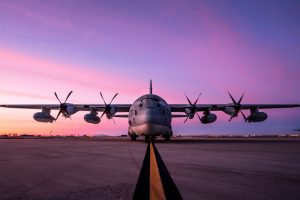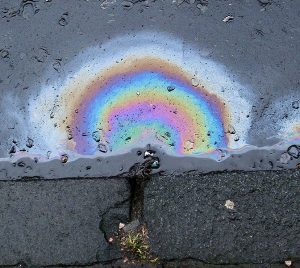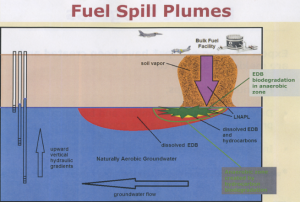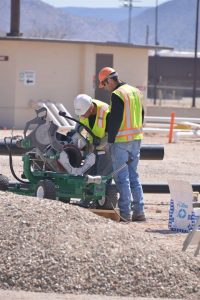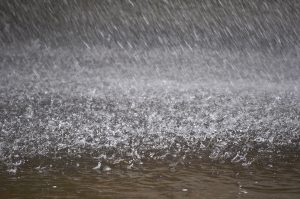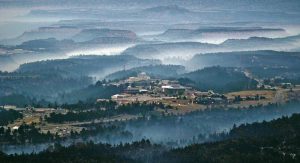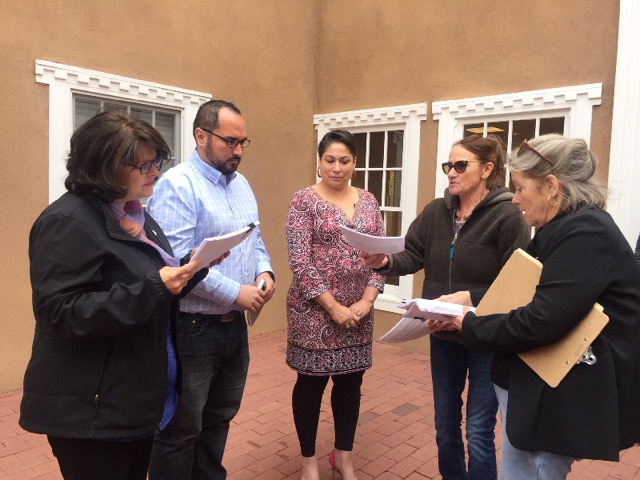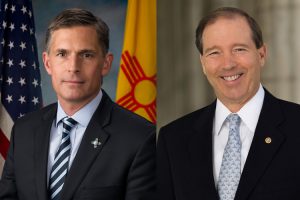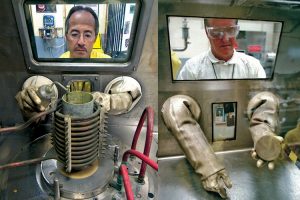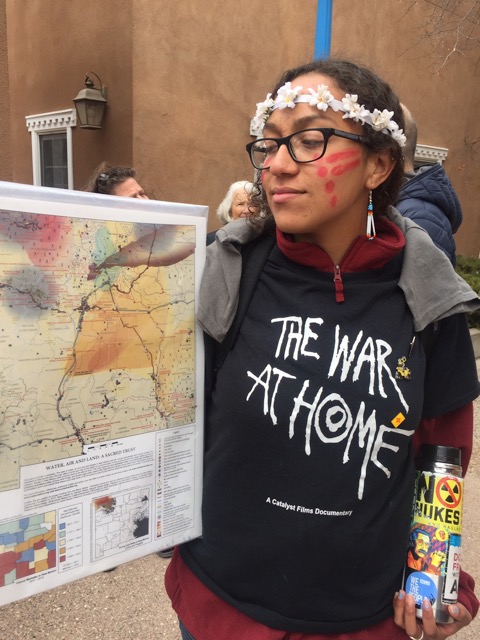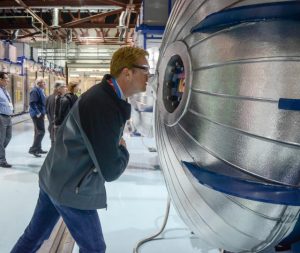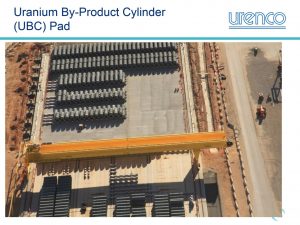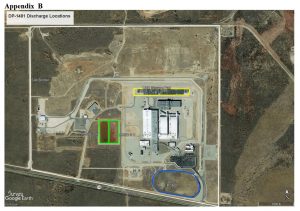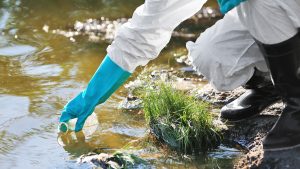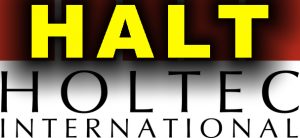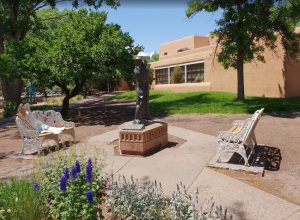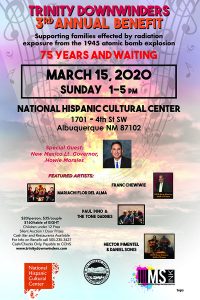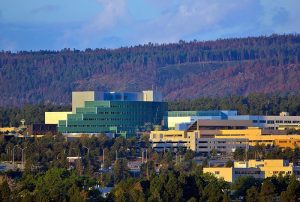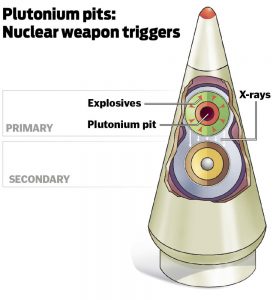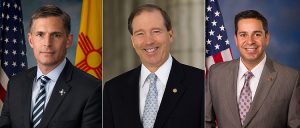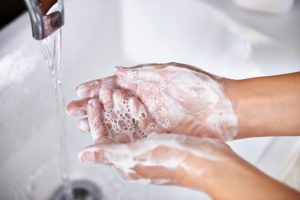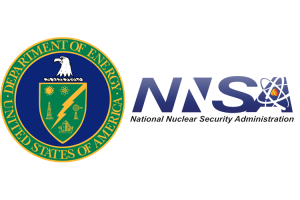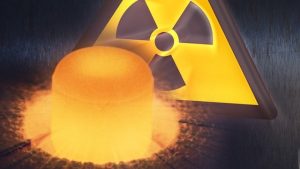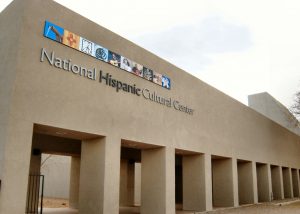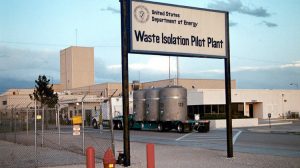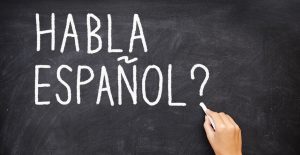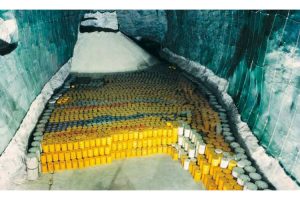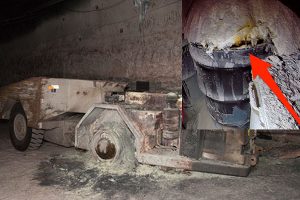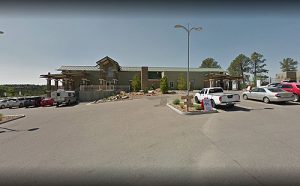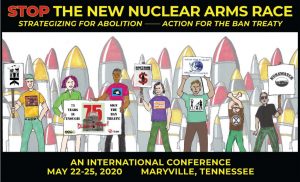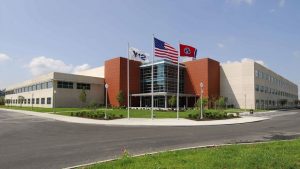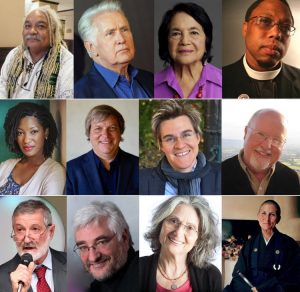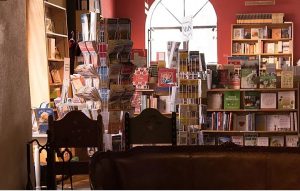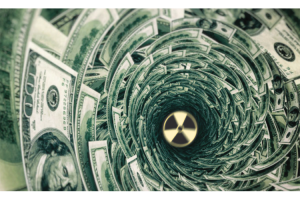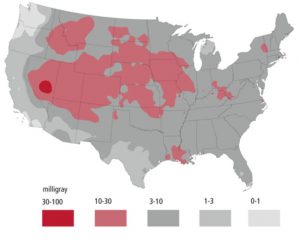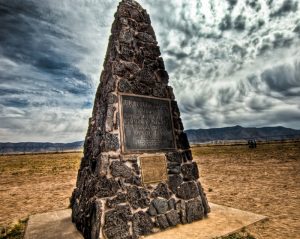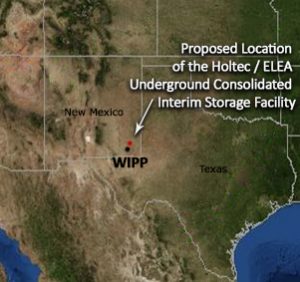![]() Together, a growing community effort and global pandemic have stopped the proposed venting of four containers of radioactive tritium stored at Los Alamos National Laboratory (LANL)’s Technical Area 54 Area G dump for now. http://nuclearactive.org/lanl-plans-to-release-twice-the-amount-of-tritium-allowed/
Together, a growing community effort and global pandemic have stopped the proposed venting of four containers of radioactive tritium stored at Los Alamos National Laboratory (LANL)’s Technical Area 54 Area G dump for now. http://nuclearactive.org/lanl-plans-to-release-twice-the-amount-of-tritium-allowed/
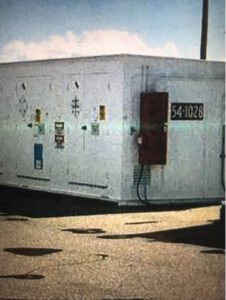 On Wednesday, April 1st, the Department of Energy (DOE) notified the New Mexico Environment Department by email that it will postpone its plans to vent the four containers. It wrote: “Venting of the [Flanged Tritium Waste Containers] (FTWCs) is postponed indefinitely due to impacts of the COVID-19 pandemic. Upon resumption of normal operations, we will coordinate with [the Environment Department] and [the Environmental Protection Agency] to ensure the necessary regulatory authorizations are received. At a future date, we will be venting each drum in a carefully controlled process to limit its release.”
On Wednesday, April 1st, the Department of Energy (DOE) notified the New Mexico Environment Department by email that it will postpone its plans to vent the four containers. It wrote: “Venting of the [Flanged Tritium Waste Containers] (FTWCs) is postponed indefinitely due to impacts of the COVID-19 pandemic. Upon resumption of normal operations, we will coordinate with [the Environment Department] and [the Environmental Protection Agency] to ensure the necessary regulatory authorizations are received. At a future date, we will be venting each drum in a carefully controlled process to limit its release.”
Importantly, DOE stated, “Presently, the FTWCs are stored in a safe and compliant manner at TA-54 and do not represent a risk to the public or the environment. We will continue to keep [the Environment Department] apprised of the schedule[d] planning activities and will work with you on a path forward for the temporary authorization request ….”
On March 30th, a press release from the All Pueblo Council of Governors stated that LANL did not provide a prior notice of opportunity for tribal consultation about the venting. Jemez Pueblo Governor David Toledo, 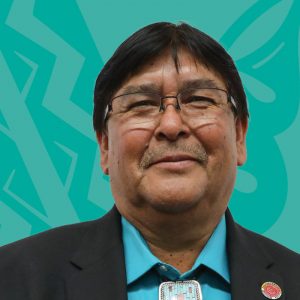 said,“April is one the most active times of the year for our Pueblo communities practicing traditional and cultural responsibilities outside, and it’s also one of the windiest. On top of that, because of school closures more of our younger generations are outside. Releasing even small amounts of radioactive materials is unacceptable as many Pueblo borders are located within 5-miles of LANL and the prevailing winds are directed toward the Pueblos. For LANL to continue with their undertaking is a painful reminder our Pueblos’ history of health impacts associated with the radioactive exposure by the labs, during a time when our communities deserve to feel safe and focus on their health.” https://www.apcg.org/uncategorized/pueblos-concerned-about-los-alamos-national-laboratories-planned-release-of-radioactive-vapors/?fbclid=IwAR0h-aoTtDGSk9a2QSEuPFG1qfihzhc5JuITswVBFk0Ku66xh8aG7-J9ygs
said,“April is one the most active times of the year for our Pueblo communities practicing traditional and cultural responsibilities outside, and it’s also one of the windiest. On top of that, because of school closures more of our younger generations are outside. Releasing even small amounts of radioactive materials is unacceptable as many Pueblo borders are located within 5-miles of LANL and the prevailing winds are directed toward the Pueblos. For LANL to continue with their undertaking is a painful reminder our Pueblos’ history of health impacts associated with the radioactive exposure by the labs, during a time when our communities deserve to feel safe and focus on their health.” https://www.apcg.org/uncategorized/pueblos-concerned-about-los-alamos-national-laboratories-planned-release-of-radioactive-vapors/?fbclid=IwAR0h-aoTtDGSk9a2QSEuPFG1qfihzhc5JuITswVBFk0Ku66xh8aG7-J9ygs
Earlier, on March 28th, Tewa Women United launched a Change.org petition titled, “Protect Vulnerable New Mexico Communities: Halt Radioactive Tritium Release from LANL.” https://www.change.org/p/protect-vulnerable-nm-communities-halt-radioactive-tritium-release-from-lanl The effort garnered 1,200 signatures within its first 48 hours. The petition, currently with 2,175 signatures, remains open until Saturday, April 4th.
On March 30th, Tewa Women United and Honor Our Pueblo Existence (HOPE) sent a letter to the members of Congress for their district, the EPA, and the Environment Department’s Hazardous Waste Bureau, with information and a link to the Change.org petition.
 CCNS and Citizen Action prepared a technical sign-on letter to the Environment Department and EPA. Twenty-three individuals and ten non-governmental organizations signed on. Taosenos for Peaceful and Sustainable Futures encouraged petition signatures and sign-ons to the technical letter. LANL Tritium Venting wo Sign-on info 4-2-20
CCNS and Citizen Action prepared a technical sign-on letter to the Environment Department and EPA. Twenty-three individuals and ten non-governmental organizations signed on. Taosenos for Peaceful and Sustainable Futures encouraged petition signatures and sign-ons to the technical letter. LANL Tritium Venting wo Sign-on info 4-2-20
Beata Tsosie, of Tewa Women United, said, “We still want these releases halted completely, a public process, government to government consultation with Pueblos, and no increase in future LANL production.”
- CCNS appreciates the individuals and non-governmental organizations
 that stepped forward to oppose the proposed LANL trititum release(s). We’ll have more work to do, but together we are making a difference!
that stepped forward to oppose the proposed LANL trititum release(s). We’ll have more work to do, but together we are making a difference! - We hope everyone is safe and staying home. CCNS continues to work to expose the proposals the nuclear industry is trying to push during this time of distraction during the pandemic. Please support CCNS financially as we continue our oversight. Thank you. http://nuclearactive.org/
- August 5 – 9 – The Veterans for Peace Annual Convention has transformed from an in-person meeting in Albuquerque to an on-line event with programs and workshops. https://nam11.safelinks.protection.outlook.com/?url=https%3A%2F%2Fwww.veteransforpeace.org%2F2020-annual-convention&data=02%7C01%7C%7Cfbc208f03b5a48fcfaa908d7d80568b5%7C84df9e7fe9f640afb435aaaaaaaaaaaa%7C1%7C0%7C637215390069666845&sdata=SIXlSE%2BLmkM45bo2VJdK9Wu%2Bvfm9heH3CBmz%2B4l8Q58%3D&reserved=0


